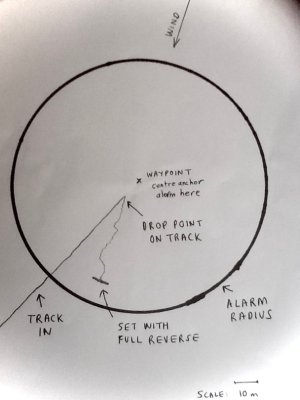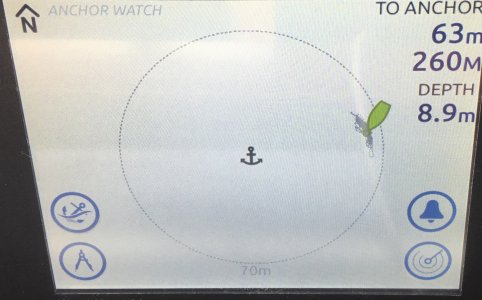NormanS
Well-Known Member
My Stuart Turner had been, in a previous existence, used by the military, to drive a fuel Bowser. (I think).I grew up with a wooden boat with a Stuart Turner and my father’s much loved and carefully resuscitated Armstrong Siddeley Sapphire. I tend to pussyfoot around everything, making sure that the revs have dropped right back when going from ahead to astern through neutral, creeping up to buoys and berths, and so on!
My merchant seaman son is far more brutal with the boat’s equipment, presumably on the basis that what’s good for 45,000 tons will be good for twenty tons…
The main thing I remember about it was that it flatly refused to start if it was hot. Two stroke, with a centrifugal clutch.



